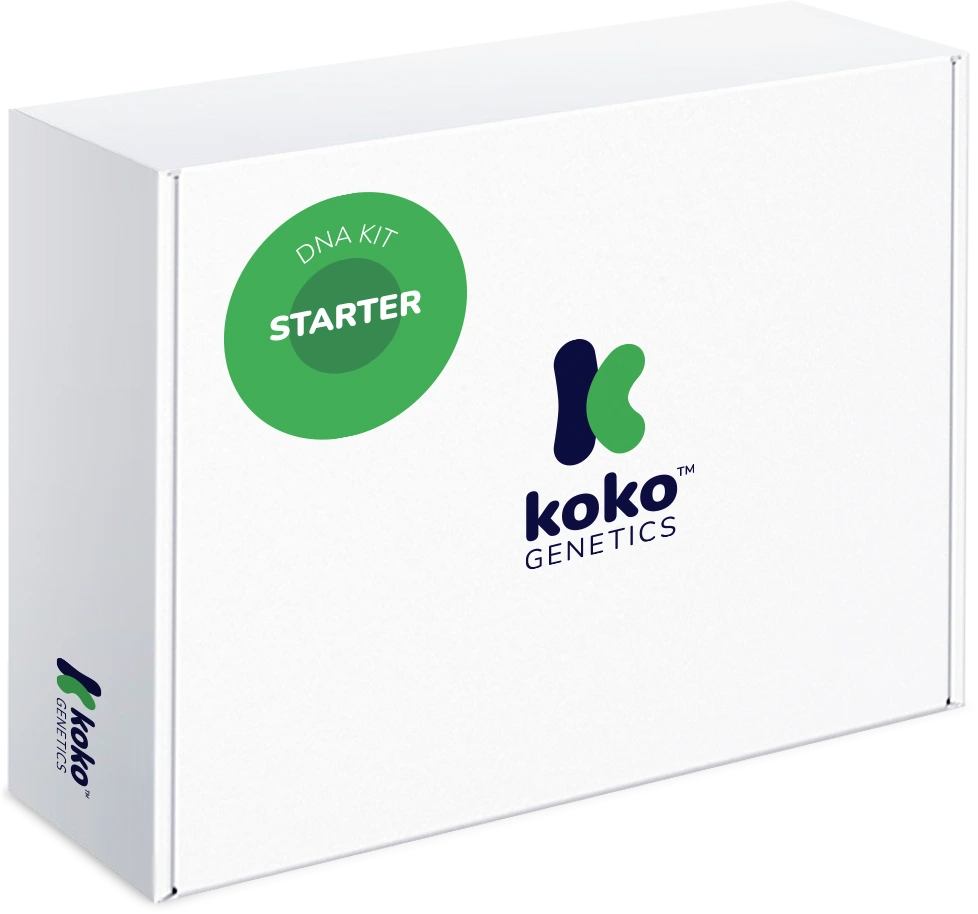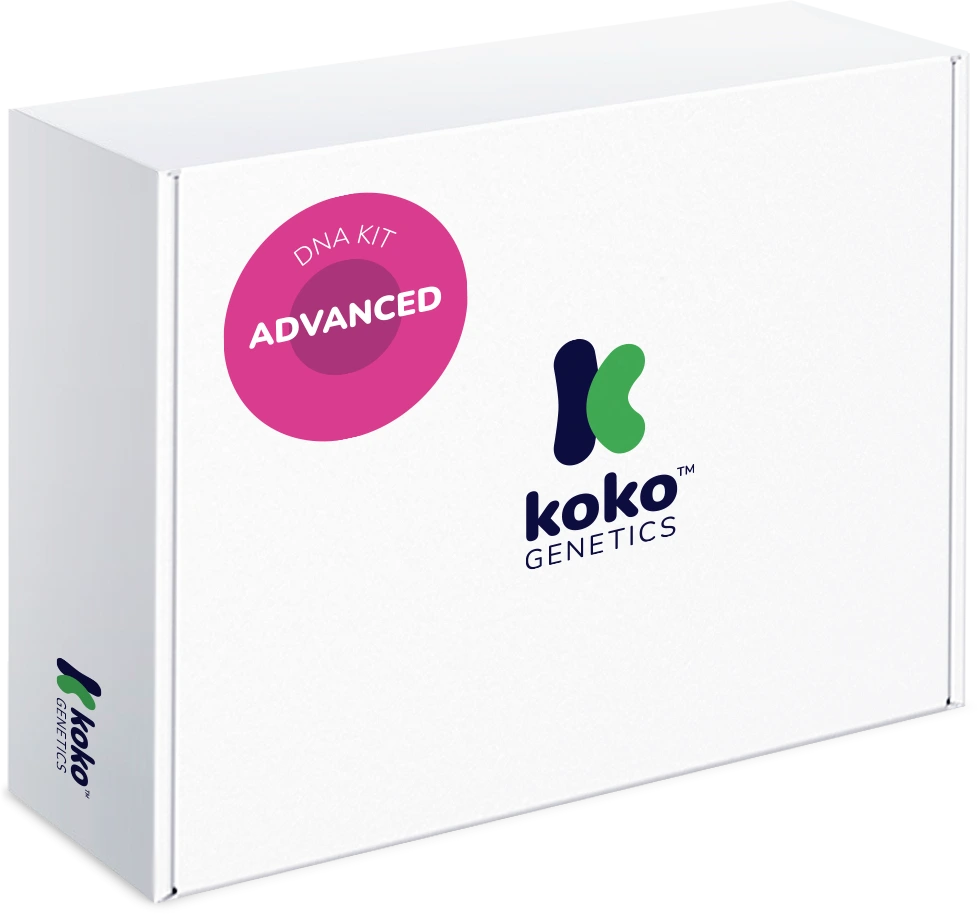Epidermolytic Hyperkeratosis
Symptoms
Disease Management
Genetic basis
Technical report
Most affected breeds
- Norfolk Terrier
Bibliography
Credille KM, Barnhart KF, Minor JS,et al. Mild recessive epidermolytic hyperkeratosis associated with a novel keratin 10 donor splice-site mutation in a family of Norfolk terrier dogs. Br J Dermatol. 2005 Jul;153(1):51-8.

